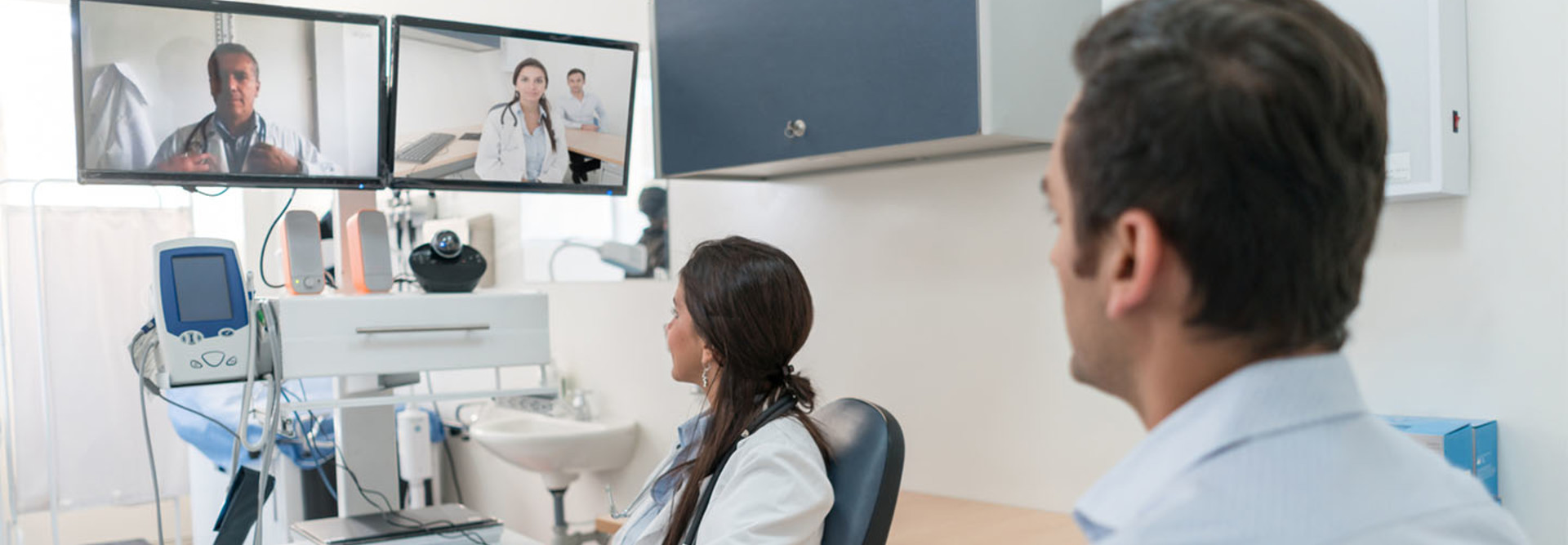CHI Franciscan Health Turns to Telemedicine to Support Caregivers on the Ground
When Tacoma, Wash.-based CHI Franciscan Health launched its virtual health service in 2010, it was the first telehealth program of its kind in the state and seemed to many to be a niche undertaking. But as the program and health IT at large have evolved, it’s become clear that the technology has become a jumping off point for greater patient care.
The goal of the program, explains Lana Adzhigirey, care transformation manager at CHI Franciscan, is to surround the patient with all of the necessary services within the healthcare system.
When the Franciscan Virtual Urgent Care program initially launched, access to healthcare services and providers was a major challenge. Despite multiple brick and mortar urgent care centers in the state, patients continue to experience long wait times, particularly during peak seasons. By offering the opportunity to connect with providers from their home computers or smartphones, patients can now receive care within 10 minutes for specific simple conditions such as urinary tract infections or pink eye.
“Virtual health has grown into the care transformation movement,” Adzhigirey explains. “When we launched [the service], it took a couple of years to catch on, but it started something.”
SIGN UP: Get more news from the HealthTech newsletter in your inbox every two weeks
Building Telehealth Momentum to Expand Care
Since the launch of CHI Franciscan’s telehealth program, the virtual health model, which seeks to make providers available to patients through home-based patient portals, has been widely adopted in healthcare systems around the country, says Brian Eastwood, an analyst with Chilmark Research. Telemedicine in hospitals, however, is still not widespread except in a few “pockets of innovation,” Eastwood says.
When telemedicine is initially deployed in hospitals, it tends to focus on a single specialty, such as telecardiology or teleradiology. But those small, focused programs can serve as testing grounds for larger hospital deployments.
CHI Franciscan, for instance, launched its virtual hospital in 2012 to provide more efficient telemetry monitoring at all of its eight hospitals. From there, it expanded its telehealth services as other needs arose. In the virtual hospital, stations designed for each program include ergonomic desks with six or more monitors and video/audio capabilities. At the hospitals, they use Rubbermaid and Tryten rolling carts with technology from Cisco, Apple and Zoom.
CHI Franciscan also built several layers of redundancy into its existing network.
“A secure, reliable network is always of utmost importance, because we can't lose a feed, for example, if we're watching a patient who is at high fall risk," Adzhigirey adds.
Standardized Telehealth Improves the Provider Experience
Rather than use site- or unit-based technicians to monitor heart rates and vitals, CHI Franciscan centralized telemetry monitors in its virtual hospital so that they all receive the same training, follow the same processes and protocols and work together in one room, where they can turn to colleagues for second opinions.
“That has improved the safety of our patients at all of the hospitals,” Adzhigirey says.
Two years after opening its virtual hospital, CHI Franciscan added an intensive care unit (ICU). The hospital system already had a robust ICU intensivist program, but it was taking its toll on providers.
“They would have to cover multiple hospitals at night, driving from one hospital to another,” Adzhigirey recalls. “They simply couldn't keep up, and we had problems with provider retention and recruitment."
So CHI Franciscan created a program in which eICU providers work in concert with virtual ICU nurses and midlevel providers, such as physicians assistants and nurse practitioners, who serve as boots on the ground. That model enables caregivers to proactively monitor all of the patients in the system at the ICU level so they can intervene before conditions worsen.
CHI Franciscan also created a virtual companions program to monitor patients so they don’t get out of bed and fall, which could lead to further injuries. Since implementing the program, the health system has seen a decrease in falls among patients who are monitored centrally.
The Trick to a Triumphant Telehealth Program
The key to a successful virtual program, Adzhigirey says, is to build the program around people, not technology.
“Add technology later,” she says, adding that hospital systems should keep telehealth programs and requirements simple so that the addition is seamless for staff and patients.
Despite the virtual hospital’s successes, Adzhigirey is quick to point out that the virtual programs don’t replace bedside staff.
"We are looking to continue incorporating [telemedicine] into all of our programs, because it is human to err,” she explains. “This is an additional layer of safety so that we have redundancy.”









